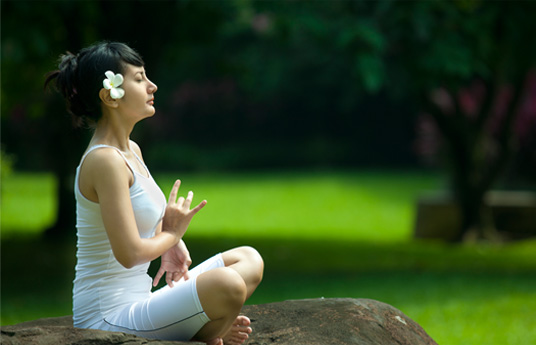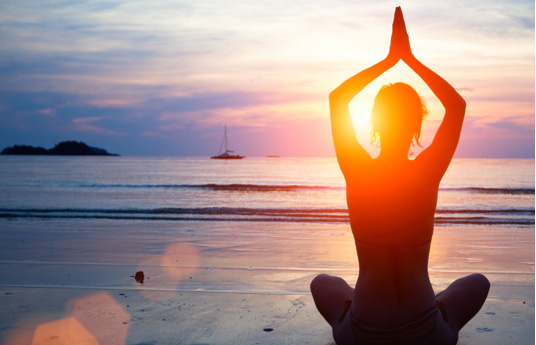Heading style 1
Yoga is a physical, mental, and spiritual practice or discipline which this is strong text originated in ancient India. There is a broad variety of Yoga schools, practices, and goals in Hinduism, Buddhism, and Jainism. Among the most well-known types of yoga are Hatha yoga and Rāja yoga. The origins of yoga have been speculated to date back to pre-Vedic Indian traditions, it is mentioned in the Rigveda, but most likely developed around the sixth and fifth centuries BCE, in ancient India's ascetic and śramana movements. The chronology of earliest texts describing yoga-practices is unclear, varyingly credited to Hindu Upanishads and Buddhist Pāli Canon, probably of third century BCE or later.
Heading style 2
Yoga is a physical, mental, and spiritual practice or discipline which this is inline link originated in ancient India. There is a broad variety of Yoga schools, practices, and goals in Hinduism, Buddhism, and Jainism. Among the most well-known types of yoga are Hatha yoga and Rāja yoga. The origins of yoga have been speculated to date back to pre-Vedic Indian traditions, it is mentioned in the Rigveda, but most likely developed around the sixth and fifth centuries BCE, in ancient India's ascetic and śramana movements. The chronology of earliest texts describing yoga-practices is unclear, varyingly credited to Hindu Upanishads and Buddhist Pāli Canon, probably of third century BCE or later.
Heading style 3
Yoga is a physical, mental, and spiritual practice or discipline which this is marked out text originated in ancient India. There is a broad variety of Yoga schools, practices, and goals in Hinduism, Buddhism, and Jainism. Among the most well-known types of yoga are Hatha yoga and Rāja yoga. The origins of yoga have been speculated to date back to pre-Vedic Indian traditions, it is mentioned in the Rigveda, but most likely developed around the sixth and fifth centuries BCE, in ancient India's ascetic and śramana movements. The chronology of earliest texts describing yoga-practices is unclear, varyingly credited to Hindu Upanishads and Buddhist Pāli Canon, probably of third century BCE or later.
Heading style 4
Yoga is a physical, mental, and spiritual practice or discipline which originated in ancient India. There is a broad variety of Yoga schools, practices, and goals in Hinduism, Buddhism, and Jainism. Among the most well-known types of yoga are Hatha yoga and Rāja yoga. The origins of yoga have been speculated to date back to pre-Vedic Indian traditions, it is mentioned in the Rigveda, but most likely developed around the sixth and fifth centuries BCE, in ancient India's ascetic and śramana movements. The chronology of earliest texts describing yoga-practices is unclear, varyingly credited to Hindu Upanishads and Buddhist Pāli Canon, probably of third century BCE or later.
Heading style 5
Yoga is a physical, mental, and spiritual practice or discipline which originated in ancient India. There is a broad variety of Yoga schools, practices, and goals in Hinduism, Buddhism, and Jainism. Among the most well-known types of yoga are Hatha yoga and Rāja yoga. The origins of yoga have been speculated to date back to pre-Vedic Indian traditions, it is mentioned in the Rigveda, but most likely developed around the sixth and fifth centuries BCE, in ancient India's ascetic and śramana movements. The chronology of earliest texts describing yoga-practices is unclear, varyingly credited to Hindu Upanishads and Buddhist Pāli Canon, probably of third century BCE or later.
Heading style 6
Yoga is a physical, mental, and spiritual practice or discipline which originated in ancient India. There is a broad variety of Yoga schools, practices, and goals in Hinduism, Buddhism, and Jainism. Among the most well-known types of yoga are Hatha yoga and Rāja yoga. The origins of yoga have been speculated to date back to pre-Vedic Indian traditions, it is mentioned in the Rigveda, but most likely developed around the sixth and fifth centuries BCE, in ancient India's ascetic and śramana movements. The chronology of earliest texts describing yoga-practices is unclear, varyingly credited to Hindu Upanishads and Buddhist Pāli Canon, probably of third century BCE or later.

Yes! The common notion that one must be a Guru to allow themselves to go to a Yoga retreat is an illusion. We accept Yoga lovers of all levels, because ultimately the fresh air.

Basically, a Yoga retreat is a perfect opportunity to explore yourself through your practice. Life rhythm is hectic these days, with all the distractions and diversions that we live amidst, it gets much harder to look inward… Thanks to Yoga retreats it will become easy again, helping you to relax, and fully take advantage of what yoga has to offer. A yoga retreat offers you a unique opportunity to get away from your regular routines and customs of your city life, which allows for a valuable perspective onto ourselves. Often, people have to negotiate a time off of work to attend a retreat, that is why those retreats often take place in exotic locations. That presents everyone on a trip with a benefit of a unique vacation experience in combination with deepening your
Absolutely! In fact, many do… While yoga retreats can be great for couples, friends, and families, a majority of retreat takers go solo. The reason for that is yoga retreats being a get away by definition,… A retreat away from the regular buzz. People who attend yoga retreats tend to be respectful, community-driven, and generally well centered! Which means that you will find yourself in a great and inspiring company!
I've been a yoga enthusiast well since my college days, so when I moved from DC to LA I was in a hurry to find a replacement yoga club for me there. Though it proved harder than I imagined, I was finally able to find a perfectly balanced studio for me - this one! The coaches they have are just pure gold!
— Katherine Smith
